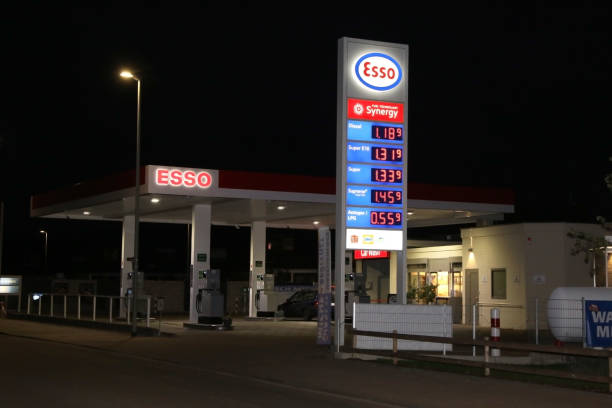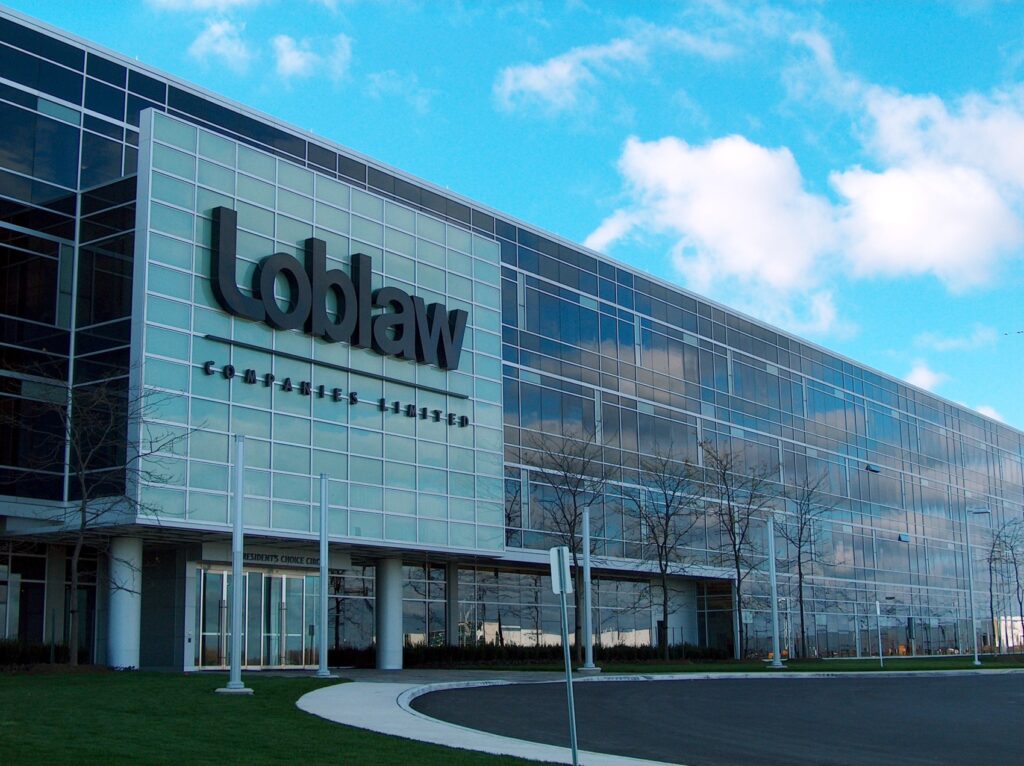A Tale of the Same City. In-House Advertising or Outsourcing - Which option proves to be more effective?


“There is no definitive answer. Some companies, corporations and businesses thrive when advertising is initiated internally. Other entities have better success when they outsource.
Notice I did not include the term ‘cost-effective’. Too many Accountants are involved with executive powers and decision making within companies today, in my opinion. Many accountants have developed a mindset where immediate costs and short term goals are paramount priorities. They lack the creativity, experience and risk to mitigate long term strategies.
One pitfall of taking the advice of these Accountants is the elimination of In-House marketing departments. They convince CEO’s, council and Boards to limit hiring staff in order to save the company labor expenses. A foolish move. Any company can hire capable advertising and marketing employees, without saturating a department or tearing into a budget.
A nationally recognized Canadian petroleum company recently launched a media campaign within THEIR OWN GAS STATIONS. This is an effective brand building strategy, where multi-faceted local reach is the goal, rather than an explosive national blitz. It takes more effort, time, intelligence and creativity to target smaller demographics, but the relative profit margin can be lucrative. I had a conversation with a senior manager with this Petroleum company, before the inception of its media campaign. I suggested that the parent company invest in built-in monitors within their outside gas pumps. Play a video loop of HOW THE COMPANY SPONSORED HOCKEY AND SUPPORTED CANADIANS FOR DECADES. The IMPACT FACTOR measures high, utilizing this theme. Although the message will not prove effective with everyone, as the influx of mass immigration will dilute the campaign. However, the majority of Canadians do respect a patriotic commitment to the sport of hockey.
The RETURN QUOTIENT increased by 21%, within eight weeks of launching the campaign! How many corporate advertising agencies do you know, who can produce a return-on-investment of 21% within a 60 day period? Not many. Oftentimes, loyal and dedicated employees will work much harder and smarter than a third party source.
That was the good news. Several months have elapsed and this specific advertising program is still going strong. However, politics, once again, has reared its ugly head into the world of business administration.
Some fine folks currently employed as executives with this petroleum company thought it would be a great idea to introduce customers at the pump to Indian exchange students. These Indian exchange students are working hard in Canada to acquire an education. This is noble. Yet, creating a culture clash at a critical customer experience point (The pump) is a disastrous idea. Many of these students cannot speak fluent English without an accent. They also lack any impressive direct sales experience or comprehension of traditional Canadian mores for privacy.
When customers are at the pump, they usually prefer to fuel their respective tanks and be on their way. Any short conversations are mainly reserved at the payment counter with other customers or the clerk. Most people today simply use their debit or credit cards to process an efficient transaction.
Loblaws partnered up with this petroleum company in a credit card acquisition campaign to hopefully convince customers to agree to sign up for credit. The sensitivity to confidential information quotient is high risk within this environment. Plus, the right to privacy and comfort quotient is almost at the same threshold.
Loblaws has earned a reputation for imposing their particular brand of inclusion by attempting to shove their company philosophies down Canadians throats – Even if we don’t want it. In other words, Loblaws convinced this petroleum company to risk losing TENS OF THOUSANDS of dollars – All in the name of DEI.
Customers do not want to be interrupted in the middle of pumping gas and provide sensitive information to an exchange student, wearing a traffic uniform. Our research has revealed that the majority of customers have admitted that they will drive to ANOTHER GAS STATION if they see these marketers circling gas pumps at these respective convenience fuel stops again. Many customers have even stated how ‘offended’ they became when a complete stranger asked them for their personal information.
Although the labour costs involved with this campaign seem to be the main driver for risk assessment as minimal – The real costs can be better attributed to the: 1) Clerical expenses, 2) The tallied hours of staff designing and 3) Communications on this subject whether they be emails, zoom calls or in-person meetings.
This critical point is where most executives, management and marketing directors can deceive senior staff, CEO’s and even boards – That the risks involved with this type of direct marketing are minimal. The most important risk, being LONG-TERM customer retention, results in tens of thousands in lost revenue – All in the name of a lazy, pseudo virtuous endeavor to garner credit card applicants.”

